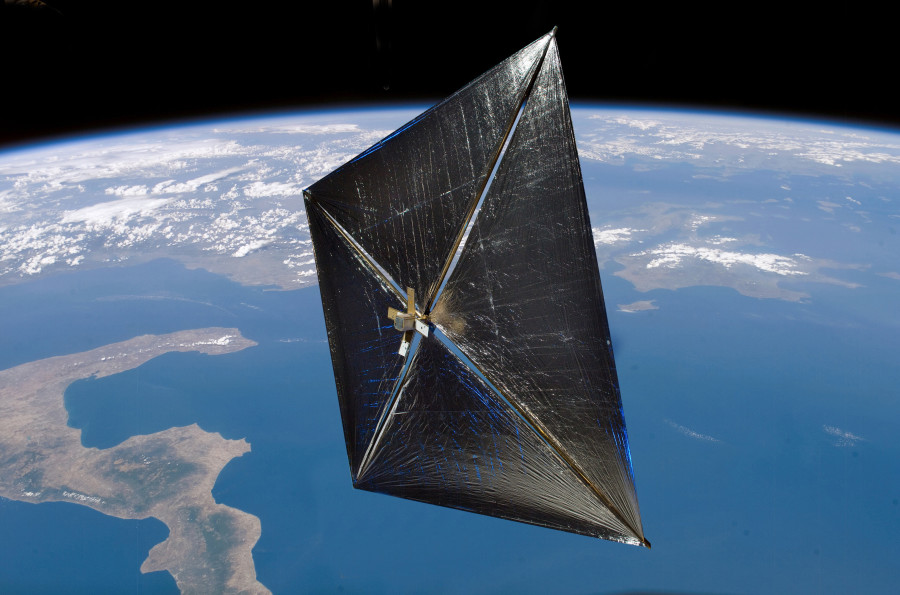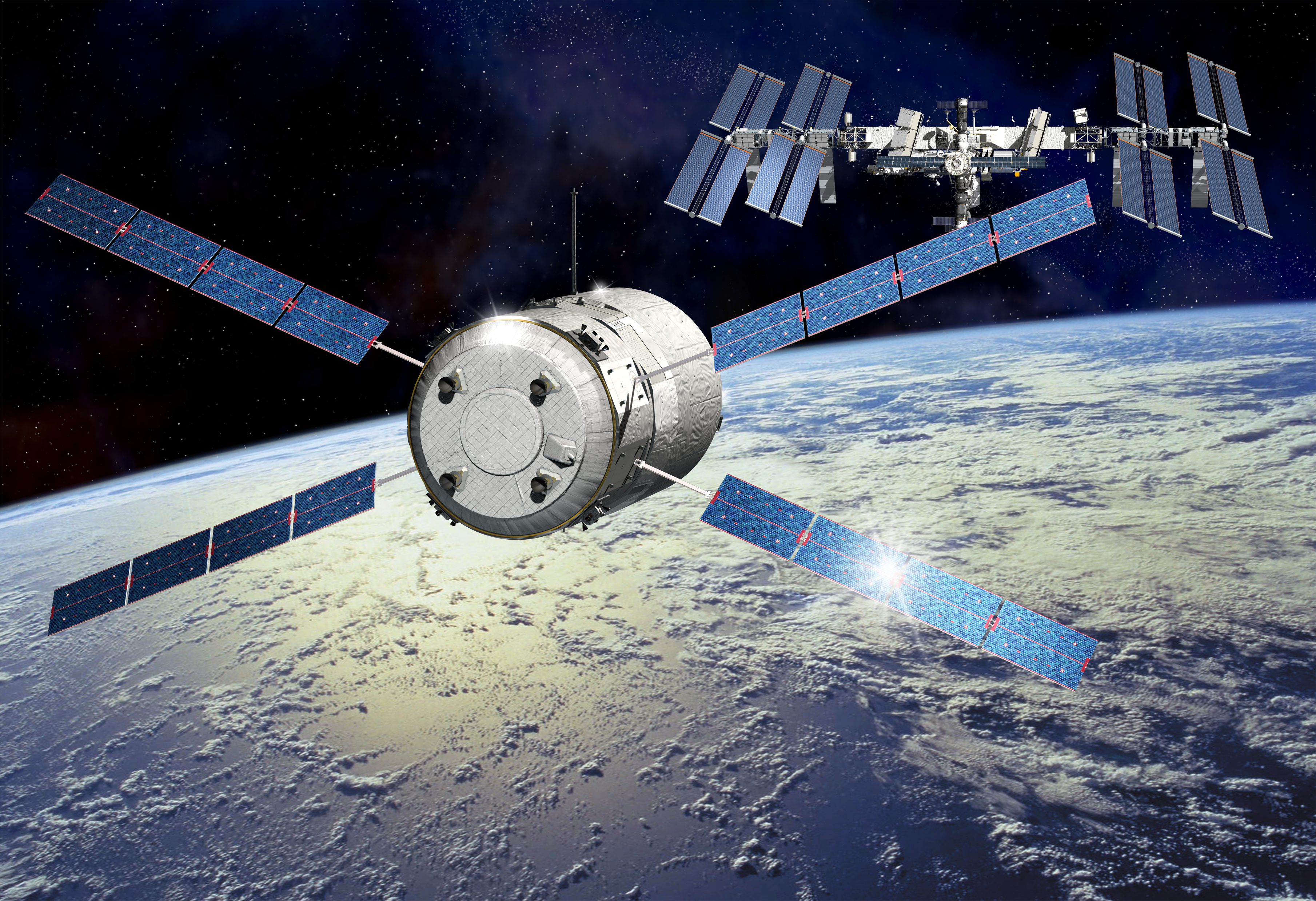Advanced Propulsion Systems in Space
In May 2015, the Planetary Society launched a CubeSat into orbit. Normally this is not very exciting, since CubeSats are launched on a regular basis. However, this satellite, called LightSail (see visual), uses a solar sail as its propulsion system. While this is only a flight to prove the concept, missions that are more ambitious are already being planned; all in order to make interplanetary travel more efficient.
Solar Sail
One of new propulsion systems is very similar to something being used every day on Earth: a sail. Sailboats use the concept of wind hitting a large surface area to create a propulsive force, thereby moving the craft. Scientists are now testing that concept on spacecraft as well. Instead of using the normal wind present in the atmosphere, they use photo...



